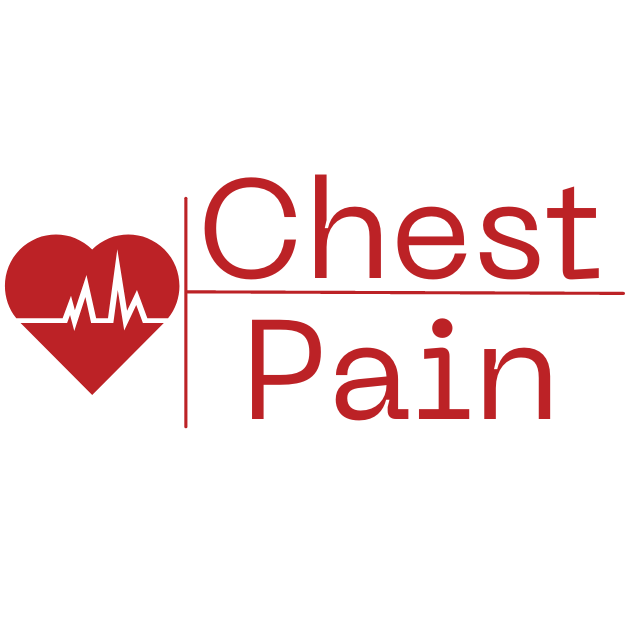Once an aneurysm has formed, it will grow in size and become weaker over time. A thoracic aneurysm can be surgically repaired or removed, or doctors usually use a stent (metal) to prevent vessels from breaking out further. The section of the aorta that travels through the chest is referred to as “thoracic” (thoracic aortic aneurysm).
Aorta is one of the important arteries in the human body responsible for supplying blood to all body parts. It is one of the largest blood vessels in the body. The swelling of the aorta vessel is called an aortic aneurysm. It can be fatal as the swelling grows with time resulting in bleeding and cardiac arrest.
Causes of Thoracic Aortic Aneurysm
The following are causes of thoracic aortic aneurysm:
- Hardening of arteries: Atherosclerosis is the most common cause of aortic aneurysms that occurs when arteries become stiff and their walls get damaged. The artery hardening is mainly caused by age and atheromatous plaque (sticky nature). Atheromatous plaque builds up in the walls of arteries, stiffening them and causing damage leading to the risk of rupture.
- Genetic conditions: Hereditary factors commonly cause aortic aneurysms in children and teenagers as their aorta walls may be weak. People with Marfan syndrome (a genetic disorder that affects the body’s connective tissue) are more susceptible to developing a thoracic aortic aneurysm.
- Marfan is a rare syndrome; people who are extraordinarily heightened and have long fingers and limbs are more likely to get this rare syndrome. Likewise, other genetic syndromes such as vascular ehlers danlos and loeys dietz can also cause an aortic aneurysm.
- Other Cardiac diseases: A thoracic aortic aneurysm is more prone to occur in patients having valve disease through which blood flows. This is especially true for persons born with only two instead of three flaps on their aortic valve (bicuspid aortic valve).
- Untreated infection: If you’ve had an untreated infection, such as syphilis or salmonella, you could suffer from a thoracic aortic aneurysm.
- A traumatic injury to the body: Thoracic aortic aneurysms occur in a few injured patients.
- Other medical problems: Thoracic aortic aneurysms are linked to inflammatory disorders such as giant cell arteritis and Takayasu arteritis.
Symptoms of Thoracic Aortic Aneurysm
Patients rarely experience symptoms; thoracic aortic aneurysms typically go unreported. Following are some warning indicators to look for:
- Body aches, especially neck area
- Back or chest pain
- Coughing
- Hoarseness
- Breathing difficulties
Aneurysms in the upper region of your aorta are less prevalent than in the lower part (abdominal aortic aneurysms). An aneurysm can develop between the upper and lower sections of your aorta. Thoracoabdominal aneurysms (type of aneurysm) occur in the chest and abdomen.
Risk factor
Risk for atherosclerosis increases if you have the following conditions and habits:
- Tobacco use
- High cholesterol
- High blood pressure
- Overweight
- Cardiovascular or peripheral vascular illness (genetic disorders)
- Other connective tissue illnesses that aren’t explicitly caused by genes
- Infections in valves
- Inflammatory disease can also weaken the arteries, which leads to aortic aneurysms
- Trauma, such as a severe fall or a car accident
- Age factor
- Gender: Men are diagnosed with thoracic aortic aneurysms at a higher rate than women and are generally diagnosed at a younger age.
According to a recent study, a significant number of aneurysms reflect familial patterns or are passed down through generations.
Diagnosis
A thoracic aneurysm must be diagnosed and treated as soon as possible. The larger or faster a thoracic aortic aneurysm grows, the more chances to burst. It’s difficult to detect a thoracic aneurysm due to its symptomlessness, and the condition goes unnoticed until it ruptures. Your doctor may conduct the following tests if a thoracic aortic aneurysm is suspected:
- Chest X-ray
- A computed tomography (CT) scan
- Magnetic resonance imaging (MRI)
- Echocardiography (an ultrasound of the heart)
- Ultrasound of the abdomen (to look for associated abdominal aneurysms)
- Angiography (an x-ray of the blood vessels)
Complication
The major complications of a thoracic aortic aneurysm are tears in the aortic wall and aortic rupture. Internal bleeding from a burst aortic aneurysm can be fatal. The greater the aneurysm’s size, the higher the chance of rupture.
The following are the signs and symptoms indicating your thoracic aortic aneurysm has burst:
- Chest or back discomfort that comes on suddenly and lasts for a long time
- Back pain
- Breathing problems
- Blood pressure (too low)
- Loss of consciousness
- Having difficulty swallowing
- Stroke symptoms include weakness or paralysis on one side of the body, difficulty speaking, etc.
References:
- https://my.clevelandclinic.org/health/diseases/17552-aorta-thoracic-aortic-aneurysm
- https://www.mayoclinic.org/diseases-conditions/aortic-aneurysm/symptoms-causes/syc-20369472
- https://www.mayoclinic.org/diseases-conditions/thoracic-aortic-aneurysm/symptoms-causes/syc-20350188
